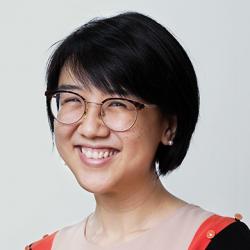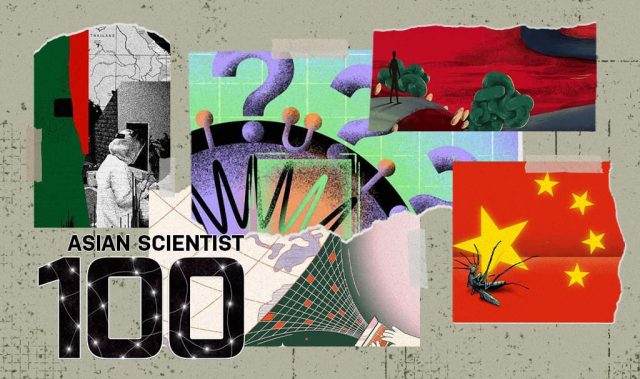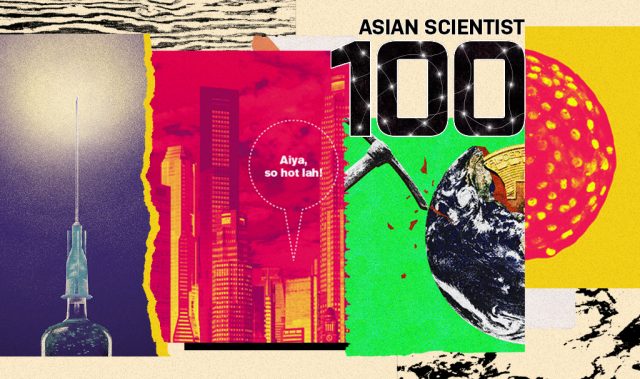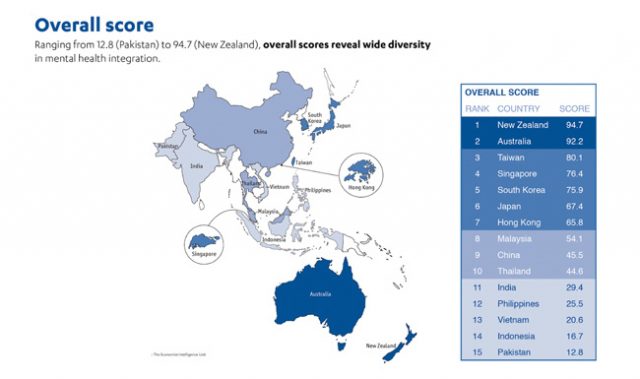
AsianScientist (Jun 26, 2014) – Aware that vaccines are desperately needed for diseases endemic to Asia but currently overlooked by major pharmaceutical companies, many Asian governments have sought to enhance the ability of local manufacturers to meet domestic needs. Representatives from Vietnam, Taiwan, Indonesia, China, Singapore and Australia shared their perspectives on the regional challenges faced in the vaccine industry at the World Vaccine Congress Asia, held at Singapore Suntec Convention & Exhibition Center from 9-12 June 2014.
Gaps in clinical trial funding
Dr. Do Tuan Dat, President and Director General of the Vietnamese vaccine manufacturer Vabiotech, chaired the roundtable discussion titled Trends and Challenges in the Vaccine Value Chain. He noted that while small companies tend to focus on the early stages of vaccine development, namely discovery and pre-clinical, large pharmaceutical companies engage only at the later stages of the process, after Phase II, or at least after Phase I trials have been performed. However, because vaccine production is a business of scale, this pattern of engagement tends to leave huge gaps in the middle stages.
Agreeing, several roundtable participants expressed their frustration at the lack of options for taking their candidate vaccines to clinical trials. Working with live-attenuated viruses requires manufacturing facilities that can abide with stringent regulatory requirements such as the good manufacturing practices (GMP) standards. A small company seeking to bring their promising vaccine candidate to human trials might not have sufficient capital to sink into developing such manufacturing plants, which can easily cost several hundred million dollars.
Such companies have two options, said Professor Tim Hirst, Executive Chairman of Gamma Vaccines Pte Ltd.
“The best option is if you can convince an established vaccine company to make the product for you with their existing facilities. The great benefit of this is that if your vaccine is successful, then you’ve got an immediate adopter of the technology,” he explained.
“In absence of that, you’ll have to finance it through a contract manufacturing organization (CMO). The challenge with CMOs is that they may say they can do everything you require, but they might not have had experience with the particular virus you are interested in, or the particular method that you use. This means that the CMOs themselves are on a learning curve, and essentially, you are paying for them to learn.”
To help more vaccines get into the market, governments could potentially step in at this middle stage where the development process has the most difficulty. This approach is favored by countries with large populations, such as China and India, where the priority is self-sufficiency, the roundtable participants noted. However, the domestic market in countries such as Singapore and Australia is too small to make heavy investments in manufacturing facilities cost effective.
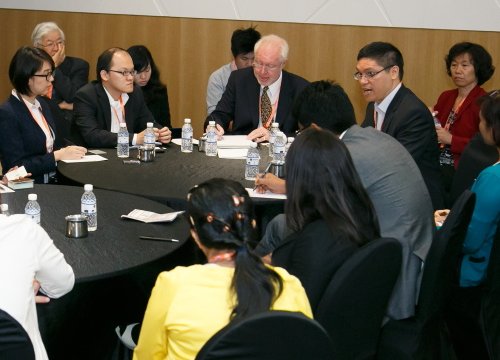
Need for greater public-private partnership
Roundtable participants also stressed the need for greater collaboration across the two ends of the vaccine development chain: universities or research institutions doing basic research, and pharmaceutical companies or government agencies doing the marketing and distribution.
“It has to be a two way process, with universities actively offering their services and governments or businesses providing financial support and communicating what the market needs,” said Dr. Azlinda Anwar, Assistant Director of Research & Enterprise Development for Temasek Life Science Laboratories.
“From the technology transfer side, we need to see the protection of value for the institution. Realistically speaking, the company would also want to maximize its profit margin. The challenge is how to connect with the correct partners to bring each project forward, a very difficult task because there is money involved,” she said.
Institutional technology transfer offices (TTOs) often simultaneously handle many projects on very little funding. Several members of the roundtable felt that TTOs should be given the resources to do more, especially for international collaborations which are increasingly required for multi-center clinical trials.
“The investment that you need to make to strike a transaction is immense. You need to be able to fund getting on a plane and going to talk to the company and fostering a relationship. That’s a big investment in one project to get a single deal over the line. Most TTOs don’t invest what’s needed. They produce a website and a flyer but it’s not enough,” Prof. Hirst stressed.
Although the production of vaccines to ensure domestic supply might be an understandable priority for Asian governments, it was clear from what was shared at the roundtable that pursuing self-interest has hampered the development of new vaccines. For instance, there have been very few successful cross-country clinical trials, due to prohibitions on shipping biological samples transnationally and low regulatory harmonization.
“We’re in a global world, where good ideas can come from anywhere. Getting these ideas to work, however, is quite difficult in the light of the nationalistic perspectives we’ve heard today,” said Prof. Hirst. “I think we should try to get rid of that [perspective]; viruses and bacteria don’t respect any boundaries, we’ve got to find solutions that bring everybody together.”
Asian Scientist Magazine is a media partner of Suntec Singapore Convention & Exhibition Center.
——
Copyright: Asian Scientist Magazine; Photo: World Vaccine Congress Asia 2014.
Disclaimer: This article does not necessarily reflect the views of AsianScientist or its staff.



